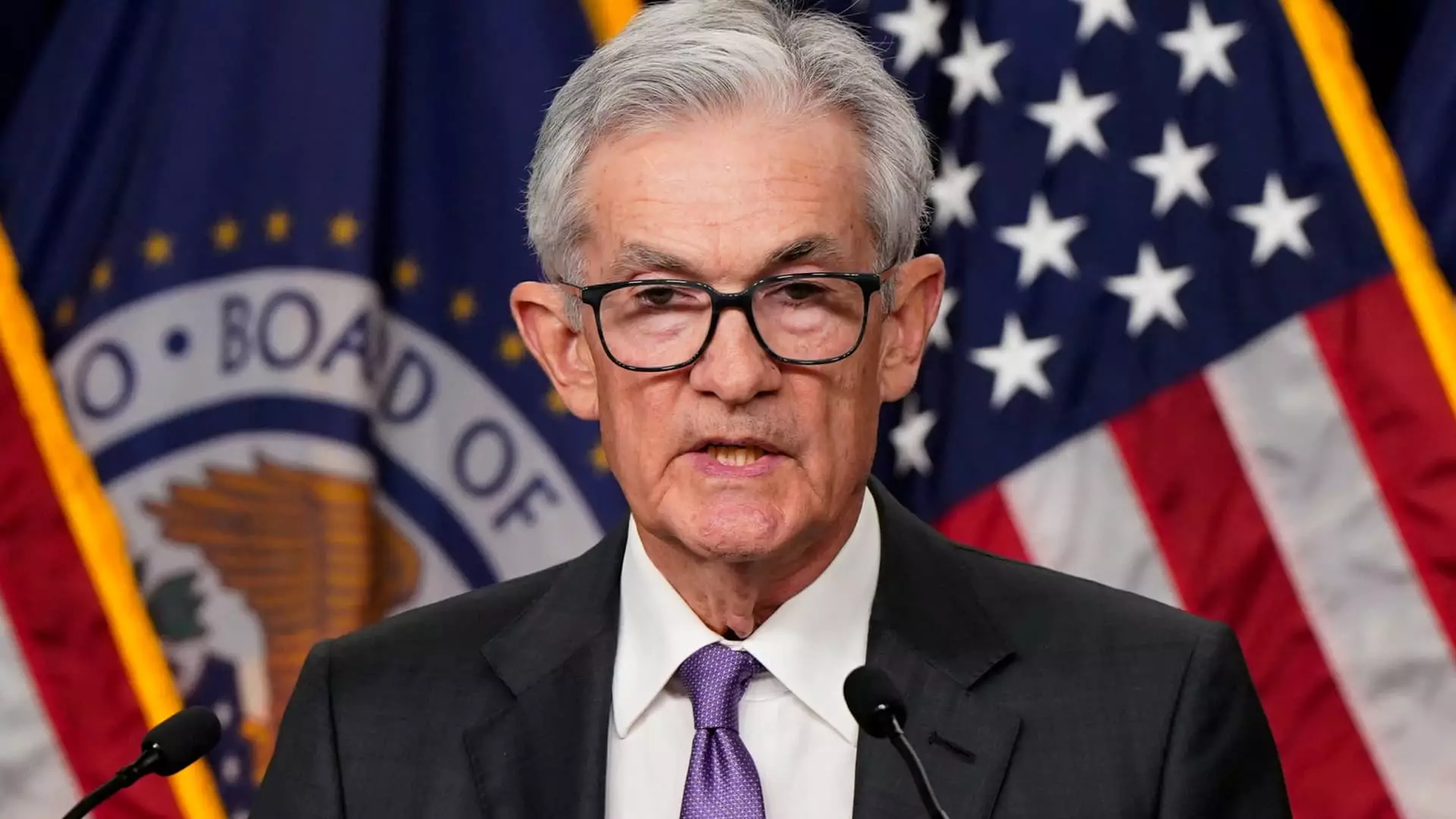In a significant move that echoes decisions from times of economic crisis, the Federal Reserve has recently enacted its first interest rate cut since the onset of the COVID-19 pandemic. On Wednesday, the central bank slashed the benchmark interest rate by 50 basis points, marking a pivotal step in its monetary policy strategy aimed at curbing a potentially sluggish labor market. Historically, such aggressive declines in rates are rare and often reserved for times of extreme economic stress, as was the case during the 2008 global financial crisis.
The new federal funds rate now rests within a range of 4.75% to 5%. Such cuts don’t merely adjust the immediate cost of borrowing for banks; they echo throughout the economy, impacting everything from mortgage rates to the interest on credit card debt. The Fed’s decision also comes alongside indications that further cuts may follow, with the “dot plot” revealing expectations of additional reductions by year-end, leading to a cumulative drop of nearly 2% in benchmark rates over the next few years.
The Federal Open Market Committee’s (FOMC) choice to lower rates signals an evolving perspective on inflation. In the post-meeting statement, the committee expressed increased confidence that inflation will stabilize towards its 2% target. This is a notable development, especially considering the uncertainty that has surrounded inflation trends recently. With inflation figures softening and showing signs of easing, the committee’s strategy appears to pivot towards creating a balance where inflation can be controlled without triggering significant unemployment.
However, it’s crucial to understand the mixed signals from the labor market. Despite recent progress in inflation, job gains have decelerated, and the unemployment rate, currently at 4.2%, has risen from its previous lows. The FOMC has quietly adjusted its unemployment projections upward for the year, reinforcing concerns that economic conditions are far from stable. Chair Jerome Powell emphasized the desire to achieve “price stability” without inflicting unnecessary pain on the job market—a complex task that underscores the Fed’s delicate balancing act.
The immediate reaction in financial markets was one of volatility. The Dow Jones Industrial Average initially surged by 375 points upon the announcement of the rate cut, reflecting optimism among investors. Yet, as the day progressed, gains diminished, illustrating the uncertainty that permeates the market following such a significant announcement. Analysts noted that the conversation around the future pace of rate cuts is still fraught with ambiguity. While there was speculation about additional cuts, Powell made it clear that there is no firm commitment to a sequence of large reductions.
The current dynamics of the job market and inflation create a complex landscape for the Fed and the economy at large. The lingering question remains—how aggressive can the Fed afford to be in its attempts to stimulate economic activity without triggering a backlash in inflation or job losses?
The implications of this interest rate cut extend beyond the U.S. economy. As the Federal Reserve holds a pivotal role within the global financial system, its decisions often reverberate across borders. Many international central banks, like those in England, Canada, and the European Union, have already begun their own rate-cutting measures in response to similar economic pressures. The interwoven nature of today’s economies means that movements made by the Fed not only influence domestic markets but also set the stage for coordinated monetary policy responses from other central banks.
The global digital nature of finances today may lead to an accelerating cycle of adjustments in monetary policies worldwide, driven by the Fed’s actions. As inflation remains a central issue causing strain across various economies, the interconnected risks highlight the importance of strategic policymaking that accounts for both domestic and international economic health.
The Federal Reserve’s decision to cut rates is by no means a panacea for the economic challenges ahead. The backdrop of stabilized yet concerning inflation and a labor market showing signs of strain presents an ongoing challenge for policymakers. Looking towards 2025 and beyond, the Fed acknowledges a long road ahead, projecting a series of potential rate adjustments while remaining cautious about the circumstances that might prompt further cuts.
In essence, while the current rate cut serves as a necessary recalibration of monetary policy, it is essential to continue monitoring economic indicators that reflect the health of both domestic and global markets. The decisions made today will shape the future dynamics of the economy, making it imperative for stakeholders to remain informed and engaged. As we navigate these uncertain economic waters, staying tuned to the Fed’s evolving narrative will be essential for anticipating the broader implications for consumers, investors, and the global economy.

